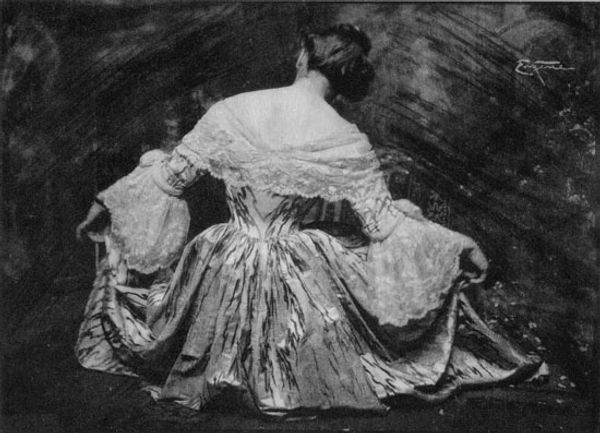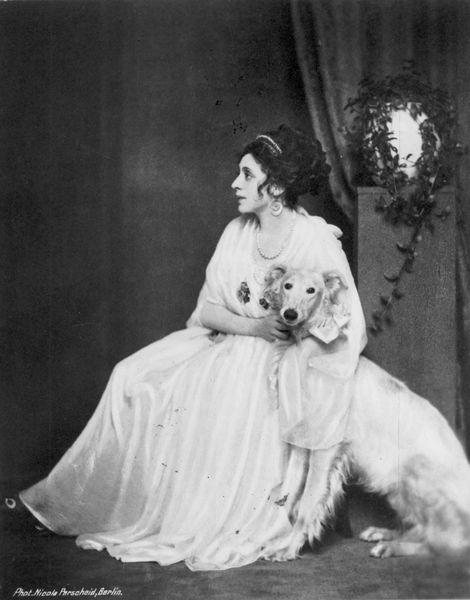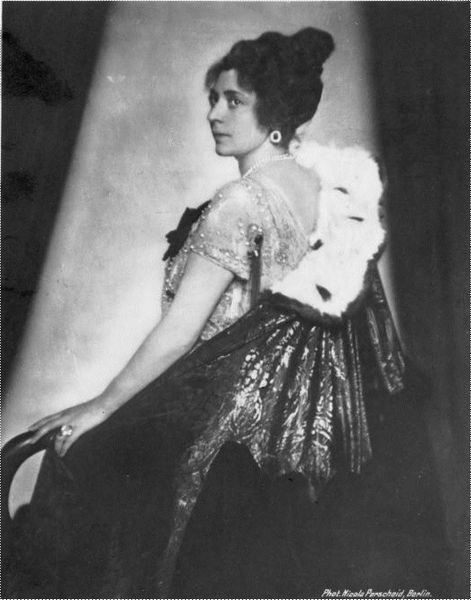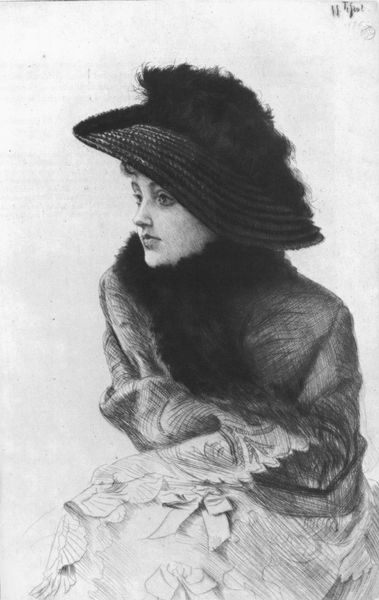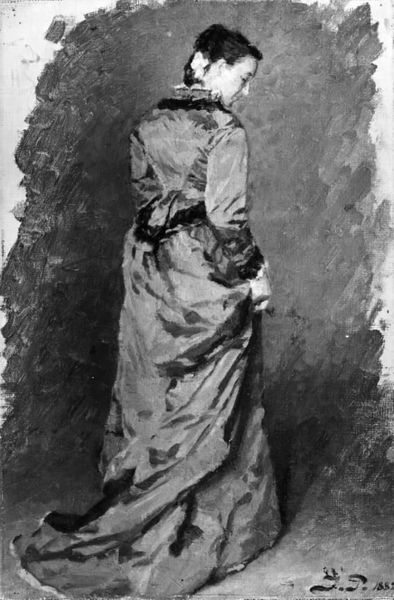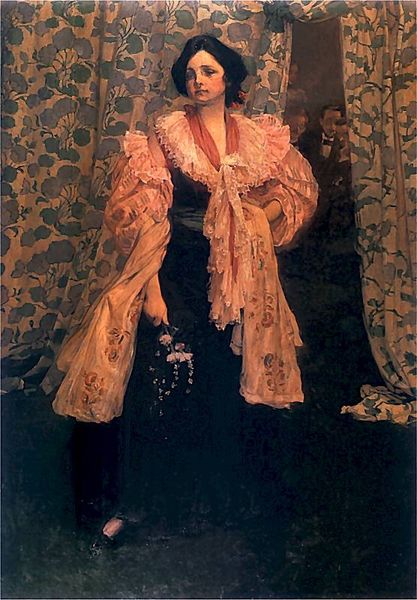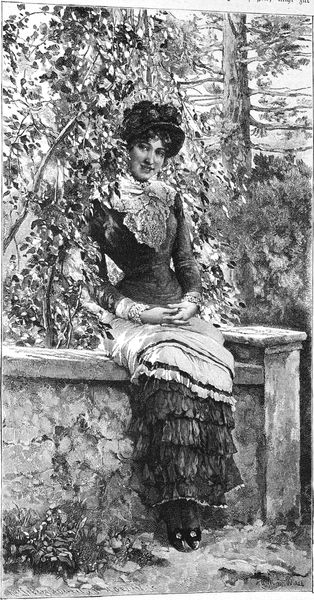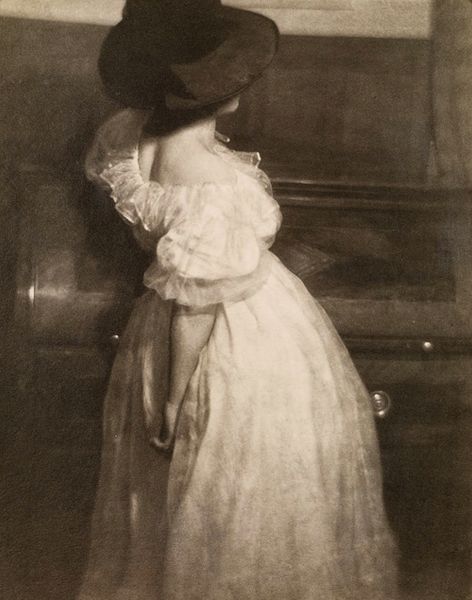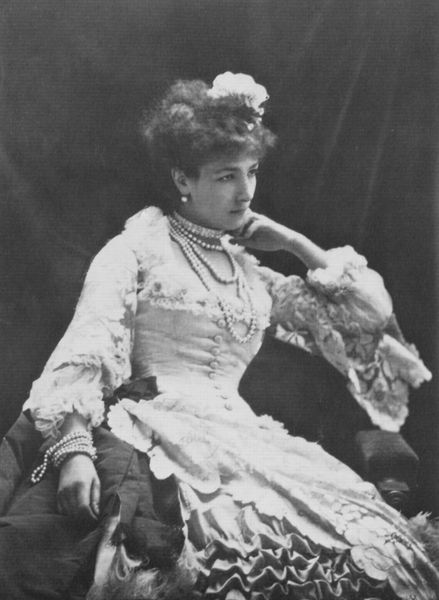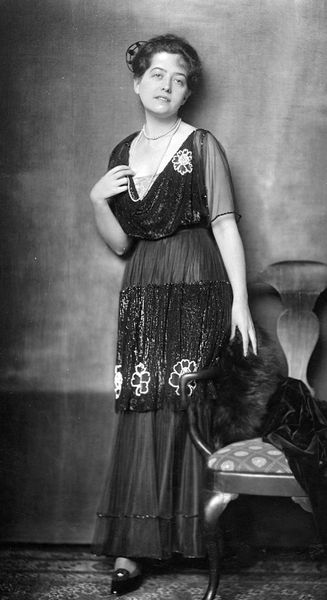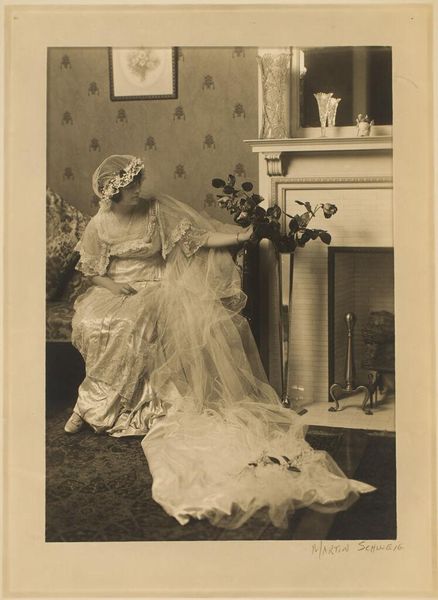
Dimensions: 21 x 13 1/2 in. (55.3 x 34.3 cm)
Copyright: Public Domain
Curator: This is Walter Shirlaw’s "In Mischief," a drawing made around 1870, here at the Metropolitan Museum of Art. Editor: What strikes me first is its rather somber mood. Even though the title suggests playful intent, the monochrome palette and the woman's slightly downcast gaze suggest a different story. It's like a study in restrained emotion, achieved with such economical use of material! Curator: Precisely. Shirlaw employs graphite and charcoal on paper to create this tonal portrait. The visible strokes reveal a dedication to Realism that coexisted with a certain Romantic sensibility characteristic of the late 19th century, reflecting both the rise of industrial techniques for art production, such as paper, but also old values. This portrait engages with similar character studies within that historical context, depicting idealized beauty. How do the institutional exhibition settings affect the viewer? Editor: A crucial question. Within a museum, it becomes a framed object of aesthetic contemplation. We inevitably apply our modern lenses to an artwork initially meant, perhaps, for private viewing. Its current accessibility allows us to investigate class structures that historically constrained viewership. The monochrome itself signifies austerity, the very restraint imposed on women within a particular class—emphasizing their confinement. Curator: Note, too, the quality of the paper, and how Shirlaw uses the tooth of the material to create depth and shadow. The subtle rendering of fabrics, like the lace, invites close scrutiny of artistic process. The mark-making acts as a window into Shirlaw's understanding of materiality, reflecting an industrial era of emerging mediums like photography or mechanical printmaking. Editor: The "mischief" then takes on new meaning. Perhaps it reflects the tension between a woman's role and her burgeoning self-awareness, a conflict expressed in her demure yet slightly defiant pose. I'm so caught on its implications. It’s evocative precisely because its subdued surface allows us to project our anxieties and desires regarding that historic struggle onto it. Curator: Absolutely. The material economy amplifies that sense of suppressed emotion. Editor: Seeing "In Mischief" through the lens of social history truly deepens its resonance. Curator: Indeed. Focusing on the artistic process draws one closer to grasping its original intent.
Comments
No comments
Be the first to comment and join the conversation on the ultimate creative platform.
